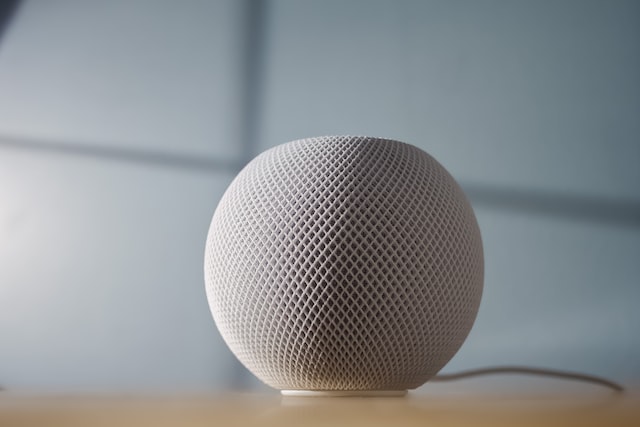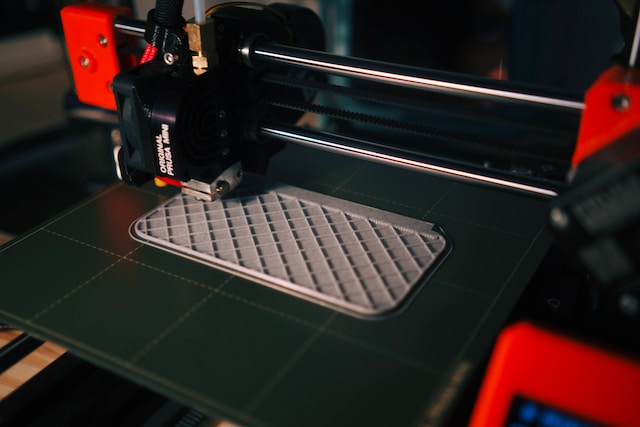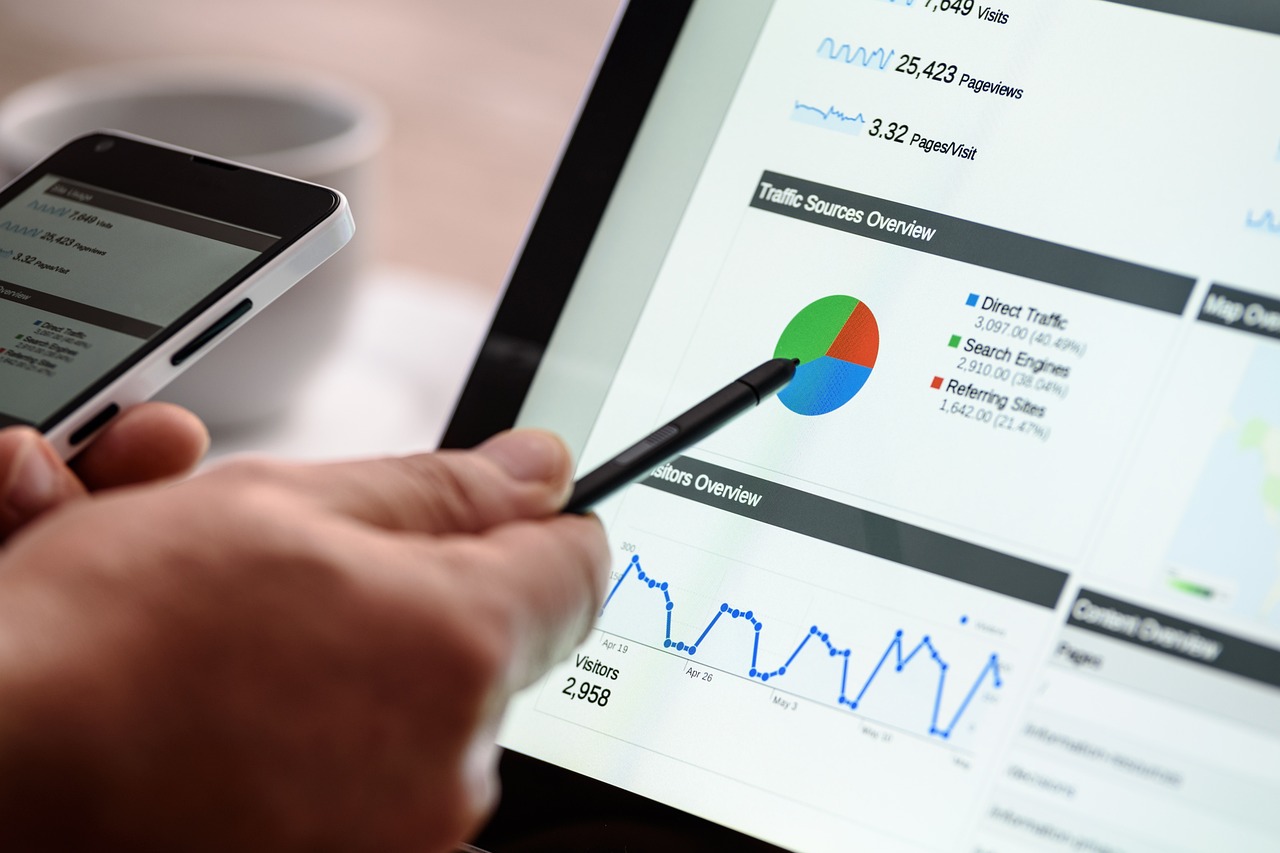From smartphones to smart homes, Apple is writing its own story in the era of IoT – Internet of Things. The giant behind the iPhone and a series of other devices just unlocked the humidity and temperature sensor of its Homepod Mini.
Earlier this month, Apple introduced an updated version of HomePod which features a temperature and humidity sensor. The new feature is integrated into the second-generation HomePod and HomePod Mini.
In 2021, product repair expert and teardown performer iFixit examined HomePod and spotted a Texas Instruments HDC2010 humidity and temperature sensor.
Apple has never mentioned this hidden extra part before. iFixit noticed that the sensor was “as far as it could be” from the heat-generating circuit board. It was possible that the sensor “is meant to measure conditions outside the HomePod mini, rather than inside.”
To activate the sensor, users need to update their iPhone or iPad to iOS 16.3. Thus, connecting to the HomePod Mini for activation. To measure temperature and humidity, users can follow these steps below:
- Open Home application on iPhone or iPad
- Choose your house, then the room where HomePod is located. Select Climate from the top of the screen.
- Go into Temperature and Humidity section, now the sensor measures and displays the room’s temperature and humidity. This process might take a few minutes. Users can also access different information, change sensor’s name, switch rooms, and other settings.
The Internet of Things is the trend of the technology world. Apple envisions a future of smart homes where everything is easily connected.
Apple isn’t the only company that wants to turn the house into a massive computer that can be easily programmed and controlled. Other tech titans, such as Google, will not be left behind. Brillo is a Google initiative that was previously announced. Brillo, like HomeKit, is a Google-created platform that allows you to connect to devices in your home using a common language.
Apple’s recent efforts in HomeKit provide new hope for the IoT era, in which wireless networks connect not only computers and phones, but also cars, ovens, and air conditioners. Perhaps Apple will change people’s perceptions of smart devices, as it has done with smartphones.







